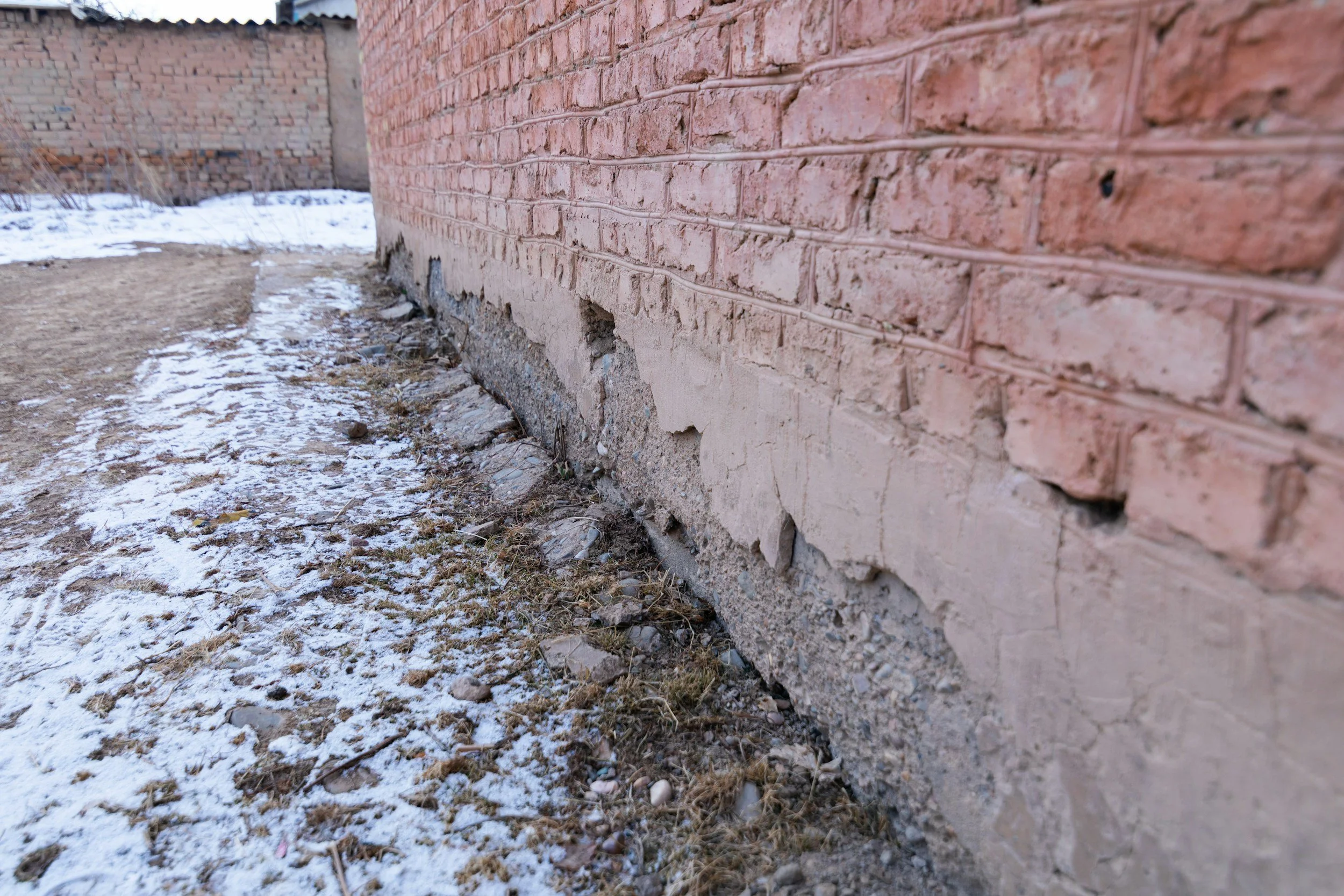Does Home Insurance Cover Flood Damage in Central Texas? Here’s the Truth About Rising Water.
Rising Water Isn’t Covered: What to Know About Flood Insurance Before It’s Too Late
When heavy rains hit Central Texas, water can rise fast — and so can the stress of realizing your home insurance won’t cover the damage.
Many homeowners don’t find out until it’s too late that most standard insurance policies do not cover flood damage caused by rising water.
Let’s break down what that means and how you can protect yourself before the next storm.
What Counts as “Floodwater”?
In the insurance world, “flood” doesn’t just mean your house is underwater. It includes:
Rising water from creeks, rivers, or lakes
Surface water runoff from heavy rain
Street flooding or storm drains backing up
Groundwater seeping into your home
If the water touches the ground before entering your home, it’s considered floodwater — and that means your standard homeowners policy won’t pay for the damage.
Check If You’re in a Flood Zone
Before you assume your home is safe from flooding, take a few minutes to see exactly where you stand. Many properties in Belton, Temple, and Killeen are near creeks, low-lying areas, or new drainage systems that can flood even outside of mapped “high-risk” zones.
You can check real time flood risk quickly using the official Texas Flood Map Viewer at map.texasflood.org
You can check your flood zone using FEMA Flood Map at https://msc.fema.gov/portal/search?AddressQuery=central%20texas
Here’s how:
Go to map.texasflood.org
Type your address in the top search bar
Zoom in to see your property boundary and nearby flood zones
Areas shaded in blue or purple indicate zones with a higher risk of flooding
Even if your property isn’t inside the official floodplain, remember that over 25% of all flood claims in Texas come from outside mapped flood zones.
If you find your home near a creek, retention pond, or storm-drain system, it’s smart to consider flood insurance. Rising water doesn’t need to reach your doorstep to cause serious damage.
What Is Usually Covered
Most homeowners insurance policies do cover sudden, accidental water losses
that start inside your home — like:
A burst pipe
Overflowing toilet or washing machine
Roof leak from a sudden storm
These are typically covered because the water didn’t “rise from the ground.” But when water comes in from outside, it’s treated completely differently by insurers.
Why You Need Flood Insurance
Flood insurance is the only way to protect your home from rising water.
It’s offered through the National Flood Insurance Program (NFIP) and select private carriers.
Here’s what to know:
You don’t have to live in a flood zone to buy it — over 25% of flood claims come from homes outside designated flood zones.
Coverage takes 30 days to go into effect, so don’t wait for a storm warning.
You can purchase coverage through your existing insurance agent or directly at floodsmart.gov.
How to Add Flood Coverage
Call your insurance agent – Ask if your policy currently covers flood (it probably doesn’t).
Request a quote for NFIP or private flood insurance.
Review your limits – make sure both your structure and contents are covered.
Document your property – take photos before storm season for easy proof if you ever have to file a claim.
Why Flooding Is Getting Worse in Central Texas
Rivers and creeks across Central Texas — like the Leon, Lampasas, and Guadalupe — are no strangers to rising water. Seasonal floods are part of life here.
What’s changed is how fast and how hard the rain falls.
According to the Meadows Center at Texas State University, average rainfall across East and Central Texas has increased by nearly 10% over the past century.
Warmer air now holds more moisture, which means heavier downpours when storms roll through.
That extra water is overwhelming creeks, drainage systems, and riverbanks that used to handle normal storm cycles.
At the same time, rapid growth and overbuilding across Belton, Temple, and Killeen have covered natural soil with pavement, rooftops, and parking lots. With fewer places for water to soak in, even short rain events can lead to flash flooding.
Population growth has been explosive — the Killeen metro alone added roughly 10,000 new residents since 2019, and that’s not slowing down. More development means more runoff, and more strain on already stretched drainage systems.
So while the rivers are used to rising, they’re now rising faster and higher than ever before. That’s why understanding your property’s flood risk — and carrying the right coverage — has never been more important.
Bottom Line
At Rapid Dry, we see the heartbreak that comes after floods — homes soaked, families displaced, and insurance denials because the damage came from rising water.
Take the time now to review your coverage and make sure you’re protected.
When floodwater hits, we’ll be there to help dry and recover your home — but the right insurance can make the road back much easier.
Rapid Dry Moisture Recovery Services
💧 24/7 Water Removal & Structural Drying
📞 (254) 218-3757
📍 Serving Belton, Temple, Killeen & all of Central Texas
🌐 www.RapidDry.net











